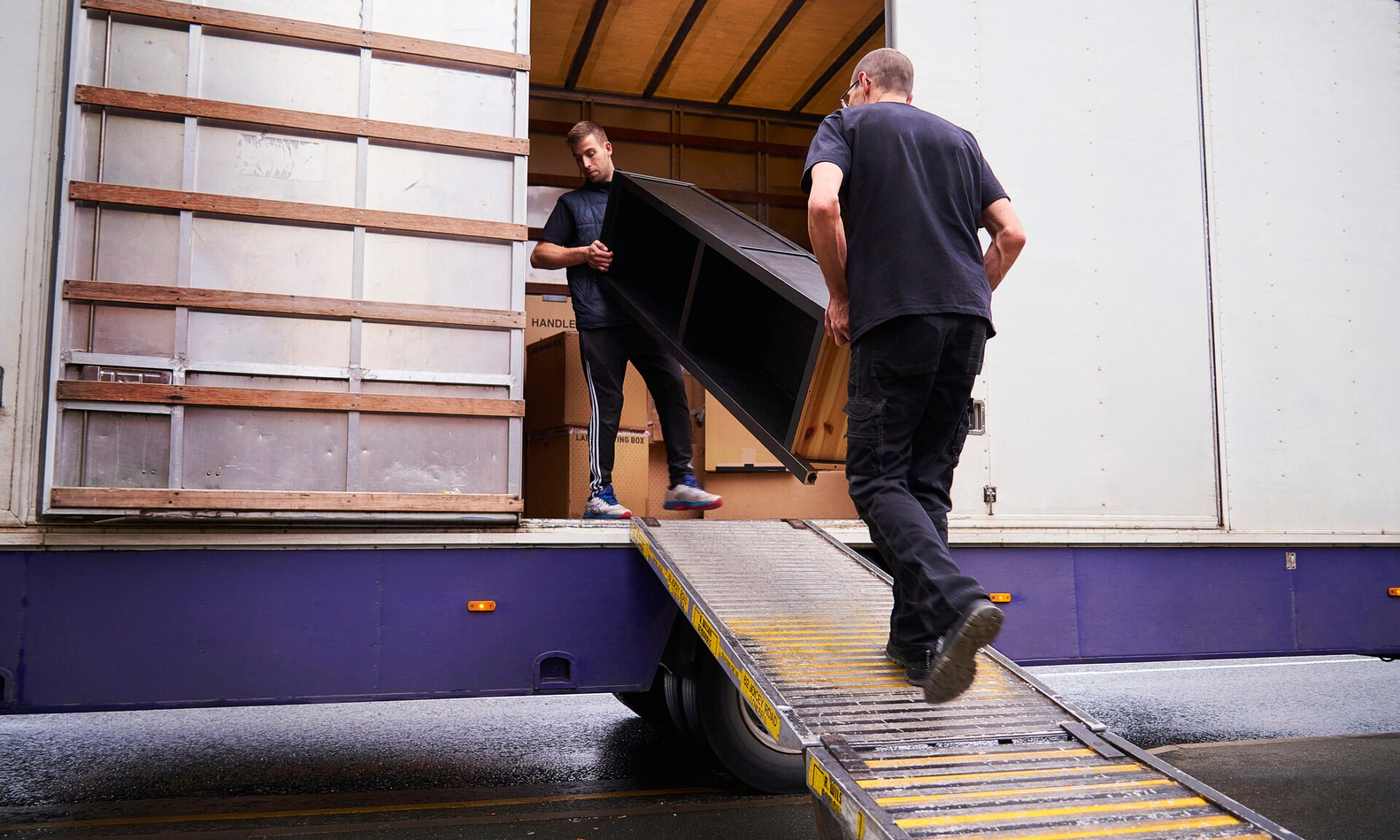How Much to Tip Movers
Tipping between 10% and 20% of the total moving cost is common, though several factors can affect the final tip.

Some or all of the mortgage lenders featured on our site are advertising partners of NerdWallet, but this does not influence our evaluations, lender star ratings or the order in which lenders are listed on the page. Our opinions are our own. Here is a list of our partners.
There isn’t a standard tip amount required for movers. Tipping between 10% and 20% of the total moving cost is common. However, many customers prefer to tip a set hourly amount or a set total dollar amount, typically between $20 and $50 or more per mover per day.
How to calculate how much to tip movers
Tipping your movers isn’t required, but it is customary, much like tipping servers at a restaurant. In fact, according to a 2025 Consumer Affairs survey, only 3% of people who have moved in the past three years report never tipping their movers .
For tip-calculating methods, you’ve got three basic choices:
- A percentage, generally 10% to 20% of the total cost of the move.
- A set hourly rate, typically $4 to $15 per mover per hour.
- A set dollar amount per working day, typically $20 to $50 per mover.
Whether you tip a lot or a little depends on a number of factors, including:
- Quality of service. This may involve your movers showing up on time, handling your possessions with care and being polite and respectful, as well as anything you’d consider above and beyond what you expected.
- Distance of move. It’s customary to tip more for long-distance moves than for local ones, typically $50 to $100 per day per mover.
- Difficulty of move. If your move involves navigating tight spaces, climbing a lot of stairs or loading and unloading heavy or awkward-to-carry items, consider a higher tip.
- Home size. A larger home requires more work to move, which should warrant a larger tip.
- Additional stops. If your team needs to make an extra stop to pick up or drop off some of your belongings, that extra work deserves a higher tip.
- Weather conditions. If you’re moving during severe weather, consider thanking your movers for braving the dangerous conditions with an extra tip.
- Fragile or valuable items. If your move involves careful handling of breakables, high-end items or even just items of great sentimental value, you may want to tip on the higher end of the range.
- Additional services provided. If your movers disassembled or put together furniture for you, or provided extra packing materials to protect fragile items, you may want your tip to reflect that additional help.
Advertisement
How to tip movers
There’s no single correct way to tip your movers, so you have some wiggle room in terms of what works for you. Here are a few factors to consider.
Individual tips vs. group tip
You can either give the whole tip amount to the crew leader to split among the movers, or give separate tips to each member of the crew. While both options are acceptable, tipping individually ensures that each mover receives the exact amount you intended and allows you to thank each worker personally. When individual tipping isn’t practical, however, it’s still perfectly fine to give the total amount to the team leader to divide.
Keep in mind that your move may involve more than one crew — for example, the people who pack and load your belongings may not be the same ones who unload and unpack at your new home. You may need to tip multiple times to cover everyone who helped out.
Payment methods
Even in these modern times, cash remains the most versatile tipping method and is preferred by most movers, according to Consumer Affairs. Cash allows you to tip each member of the crew individually, and the recipient of a cash tip can use those funds immediately.
If you’re not able to access cash for tipping, there are still plenty of acceptable options:
- Credit/debit cards. Some professional movers allow customers to add a tip when paying by credit or debit card. This method provides a written record of your tip and is convenient and easy. It doesn’t allow for separate tips for individual team members or provide them instant access to funds, however. It also doesn’t allow for the personal touch of thanking each worker individually.
- Checks. Writing a personal check (or individual tip checks) has the advantage of providing a written record of your tip, while still allowing you to express gratitude personally as you present the tip. The downside is that movers will have to wait for your check to clear before they can access their tips.
- Digital payment. If your moving company allows, you can tip your movers as a group or individually via digital payment platforms such as Venmo, Zelle or PayPal. This is a bit more complicated and time-consuming, however, since you need to get each recipient’s information in order to send payments.
If you plan to tip in a way other than cash, be sure to confirm with your moving company that they accept that method before your move.
» MORE: Are tips taxable?
Tip timing
There’s no hard and fast rule about when to tip your movers, so the choice is yours. The most common time to tip your movers with a single-day move is after the entire job is completed, while you’re settling up and signing off. This timing is ideal because you can decide your tip amount based on the quality of service you’ve received over the entire job.
Sometimes waiting until the end isn’t practical, though. If your job spans multiple days (perhaps a packing day, a loading day, travel days and an unloading day), you may be dealing with more than one crew. In this case, it makes more sense to tip at the end of each work day to make sure everyone who helped receives a fair share.
Food and beverages
While not required or expected, providing nonalcoholic beverages, lunch or snacks for your movers is a thoughtful gesture. If you decide to feed your movers, however, be sure to ask about any allergies, dietary restrictions or food preferences.
It’s also important to understand that feeding your movers is not considered part of your tip, and it shouldn’t reduce the dollar amount you give them.
Extras
Some other ways you can show your appreciation to your movers (without reducing your tip amount) include:
- Leaving positive reviews online.
- Recommending the moving service to friends and family.
- Providing good references.
- Offering movers any items in good condition that you aren’t taking with you on your move.
Advertisement
Article sources
NerdWallet writers are subject matter authorities who use primary,
trustworthy sources to inform their work, including peer-reviewed
studies, government websites, academic research and interviews with
industry experts. All content is fact-checked for accuracy, timeliness
and relevance. You can learn more about NerdWallet's high
standards for journalism by reading our
editorial guidelines.
- 1. Consumer Affairs. How much to tip movers. Accessed Jun 9, 2025.
More like this
Related articles
AD
Stress-Free Moving with Safeway
Call a moving coordinator at Safeway Moving Systems Inc.
Mon–Thu 9a–8p, Fri 9a–7p, Sat 10a–7p, Sun 10a–4p
Lock In 10% Off Today
on moveBuddha's website

AD

Stress-Free Moving with Safeway
- Transparent flat-rate pricing with no hidden fees;
- GPS-tracked trucks and barcoded inventory system for peace of mind;
- Special Offer: Mention "10%" for a limited-time NerdWallet discount.
Call a moving coordinator at Safeway Moving Systems Inc.
Mon–Thu 9a–8p, Fri 9a–7p, Sat 10a–7p, Sun 10a–4p

Lock In 10% Off Today
on moveBuddha's website











